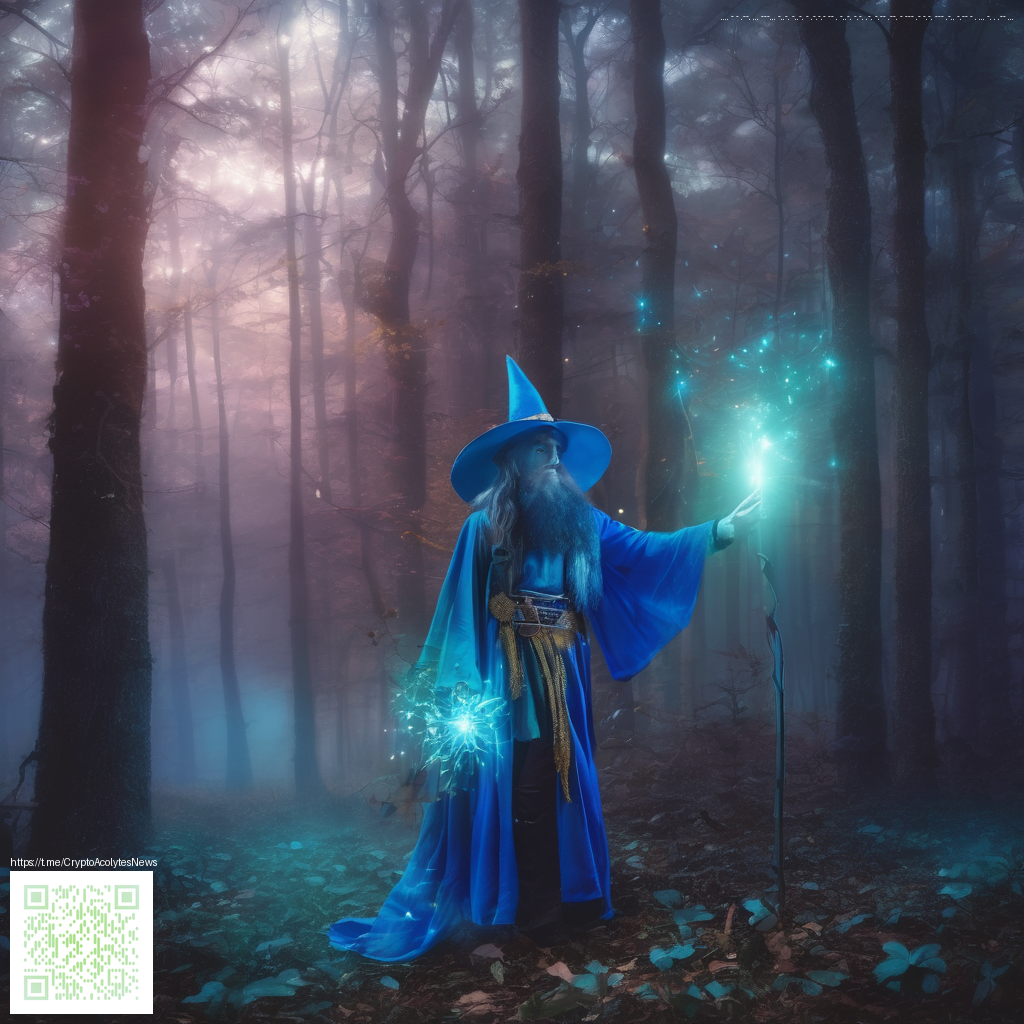
Using Exposed Cut Copper Slabs in Adventure Maps
Copper blocks have become a favorite for map makers and players who want a durable yet expressive material. The exposed cut copper slab adds a compact, slider friendly option for shapes and textures on a map designed around exploration and storytelling. It sits between the rough utility of a normal slab and the character of copper that ages with air and weather. In this guide we explore practical ways to integrate this block into your adventures from lighting puzzles to atmospheric architecture.
Understanding the block in play
Exposed cut copper slabs come in three type variants in the block data which correspond to their placement on the vertical axis. You can place them as top slabs to cap a wall or as bottom slabs to form stairs or ledges. A double slab configuration creates a full block height that can still host redstone components beneath it in certain setups. The block supports the waterlogged state which means it can sit partially submerged in water without losing its slab identity. When you break the slab you receive copper related drops, and the block has a solid hardness that makes it a reliable surface for heavy traffic areas.
Placement and texture dynamics
Use the top and bottom slab states to craft subtle elevation changes in your map. A row of exposed cut copper slabs can outline a path or indicate a floaty bridge that guides players through a story beat. If you want a more rugged aged look, place slabs in alternating top and bottom orientations to mimic worn stone stair steps. When you leave slabs unwaxed they gradually oxidize over in game days, taking on a greenish patina that adds narrative depth to ruins or abandoned temples. Waxed copper slabs stay the same color and preserve the original tone, which is perfect for clean modern areas on a map.
Practical building tips
- Combine slabs with regular copper blocks to build layered facades that read as time worn or freshly minted depending on your weathering choices
- Use waterlogged slabs to create moats or flooded hallways that players must wade through or bypass with clever pathing
- Pair exposed copper with lanterns or glowstone to highlight key routes at night without overpowering the texture
- Slash oxidation by applying wax blocks in strategic places to control color shifts during a map run
Adventure map ideas that shine
Think of copper slabs as a storytelling tool as much as a building material. A ruin can lean on oxidized slabs to signal an ancient origin while waxed sections mark preserved areas that hint at a safe passage. A puzzle room can require players to swap top and bottom slab orientations to align a hidden message or open a door mechanism. A river corridor becomes a spectacle when slabs line the bank and the waterlogged state allows a gentle current to guide a player toward a hidden chamber. The texture itself becomes a clue in the map lore, reinforcing the theme without additional signs or text.
Technical tricks for map makers
When you design with copper slabs think about color progression as a resource for gameplay. A piece left to oxidize calmly can illustrate a timeline or an event sequence within the story. If you want to preserve a mood or era, wax copper slabs to keep the original color while still letting light interact with the surface. For map consistency, place slabs on the same axis in a corridor so players feel a deliberate rhythm as they traverse the space. If you want to push a redstone puzzle, keep a clear distinction between top and bottom slabs so a block update can reveal or hide a path in a controlled fashion.
« Copper textures offer a quiet elegance that supports immersive exploration. The slab form keeps surfaces accessible for players while still delivering the copper vibe in both new and aged builds. Use wax as a tool to control the story arc of your map »
From the community for builders and explorers
Map makers across the community have embraced the exposed cut copper slab for its flexibility. It sits nicely alongside other texture blocks and helps to craft scenes that feel lived in and real. The aging effect is a visual cue that players can read without a single word being spoken. As more builders incorporate copper into adventure maps, you will see new patterns and layouts that leverage the slab’s unique states to guide players through complex spaces with confidence and curiosity 🧱.
A note on versions and compatibility
Copper related blocks gained updates in recent patches which introduced more control over oxidation and wax effects. When you plan to use exposed cut copper slabs in your adventure maps, verify that your world and the server version support waterlogged states and the three slab orientations. The behavior of slabs remains consistent with other copper blocks so you can apply patterns you already know while exploring new design avenues. As always test your map in a controlled area before launching a full playthrough to ensure lighting and shading read correctly across different platforms.
Events and updates in Minecraft keep evolving and with copper slabs you can craft a living stage that responds to time and player interaction. The tool set is broad, and a thoughtful layout can turn a simple corridor into a memorable moment on your map. Embrace the texture as a storytelling surface and you will find that the block pays off through plays and shared screenshots from your community.
Support Our Minecraft Projects